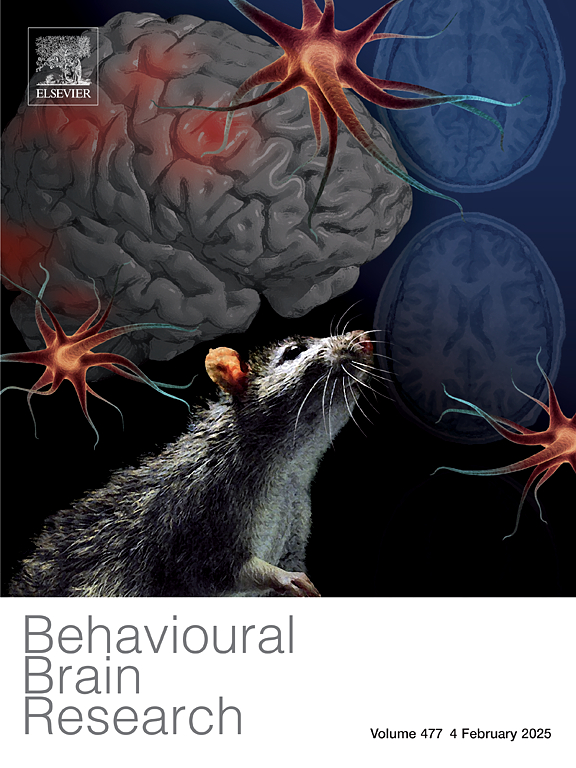The decision-making and outcome evaluation processes in the Stag Hunt Game: Evidence from neural electrophysiology
IF 2.3
3区 心理学
Q2 BEHAVIORAL SCIENCES
引用次数: 0
Abstract
Cooperative behavior is widespread in human social interactions and helps to address social dilemma issues. The Stag Hunt Game is a classic model of social dilemmas, with no studies so far exploring the neural mechanisms behind individual cooperation in this context. To investigate the temporal dynamics of brain processing underlying individual decision-making behavior in social dilemmas, we recorded EEG data from 35 participants during a one-time, two-player Stag Hunt Game and analyzed the data using event-related potential (ERP) and event-related oscillation (ERO) techniques. The results showed that, in the decision-making phase of the game, choosing cooperation induced a smaller P2 amplitude, a larger P3 amplitude, and reduced theta band oscillations compared to choosing defection. In the outcome evaluation phase, loss feedback generated a more negative FRN amplitude, a smaller P300 amplitude, and reduced delta oscillations compared to gain feedback. This study provides preliminary electrophysiological evidence for understanding the dynamic brain processing and neural oscillatory characteristics of human cooperative behavior in the Stag Hunt Game.
猎鹿游戏中的决策和结果评估过程:来自神经电生理学的证据
合作行为在人类社会交往中广泛存在,有助于解决社会困境问题。猎鹿游戏是一个典型的社会困境模型,迄今为止还没有研究探索在这种情况下个体合作背后的神经机制。为了研究社会困境下个体决策行为背后的大脑加工时间动态,我们记录了35名参与者在一次双人猎鹿游戏中的脑电图数据,并使用事件相关电位(ERP)和事件相关振荡(ERO)技术对数据进行了分析。结果表明,在博弈决策阶段,选择合作比选择背叛诱导的P2振幅更小,P3振幅更大,θ波段振荡更小。在结果评估阶段,与增益反馈相比,损失反馈产生了更负的FRN幅度,更小的P300幅度和更少的δ振荡。本研究为理解猎鹿游戏中人类合作行为的动态脑加工和神经振荡特征提供了初步的电生理证据。
本文章由计算机程序翻译,如有差异,请以英文原文为准。
求助全文
约1分钟内获得全文
求助全文
来源期刊

Behavioural Brain Research
医学-行为科学
CiteScore
5.60
自引率
0.00%
发文量
383
审稿时长
61 days
期刊介绍:
Behavioural Brain Research is an international, interdisciplinary journal dedicated to the publication of articles in the field of behavioural neuroscience, broadly defined. Contributions from the entire range of disciplines that comprise the neurosciences, behavioural sciences or cognitive sciences are appropriate, as long as the goal is to delineate the neural mechanisms underlying behaviour. Thus, studies may range from neurophysiological, neuroanatomical, neurochemical or neuropharmacological analysis of brain-behaviour relations, including the use of molecular genetic or behavioural genetic approaches, to studies that involve the use of brain imaging techniques, to neuroethological studies. Reports of original research, of major methodological advances, or of novel conceptual approaches are all encouraged. The journal will also consider critical reviews on selected topics.
 求助内容:
求助内容: 应助结果提醒方式:
应助结果提醒方式:


